 Lots of things going on in the Internet of Things world lately. See for example, as pointed out by Marc the other day, Casagras, which stands for Coordination And Support Action for Global RFID-related Activities and Standardisation, has just issued its final report on RFID and the inclusive model for the Internet of Things.
Lots of things going on in the Internet of Things world lately. See for example, as pointed out by Marc the other day, Casagras, which stands for Coordination And Support Action for Global RFID-related Activities and Standardisation, has just issued its final report on RFID and the inclusive model for the Internet of Things.
On a different front, we teamed up with Council, tinker.it to set a one-day event about this important topic. It's called "Are you ready for the Internet of Things? and will happen at iMal in Brussels on December 4. This conference will celebrate the launch of Council orchestrated by Rob van Kranenburg.
The program is impressive with a great bunch of pioneers, entrepreneurs, designers, analysts, researchers and developers. The event will feature different activities ranging from keynote speech to workshops and role-playing games:
"0930 : Opening by Rob van Kranenburg and Alexandra Deschamps-Sonsino
0945 0955 : Talk by Nicolas Nova
0955 - 1005 The future of storytelling through scenarios, with Gill Wildman
1005 - 1015 The future of IOT, with GS1
1015 - 1115 : Inspiration
RFID Guardian with Melanie Rieback Pachube and Connected Environments, with Usman Haque Nearness, with Timo Arnall Mime, with Lorna Goulden Noisetube, with Matthias Stevens Privacy Coach with Jaap Henk Hoepman Legal Issues in the Internet of Things, with Nicola Fabiano What I learned from the Violet experience with Rafi Haladjian: The problem with the Internet of Things, are the Things. “Or, how do you get to have open and intelligent artifacts and devices all around the place, without having to manufacture them, transporting them, distributing them (hardly very innovative). How do you creat proliferation, the Internet way, with atoms.”
1115 - 1230 Workshops (with input, questions and views by Gérald Santucci (Head of Unit, Networked Enterprise and Radio Frequency Identification, INFSO D4)
WS 1: Accelerating the roadmap to an Internet of Things @ Home, Philips Design WS 2: IoT in education: creating an MBA WS 3: Interactive Role Playing workshop, Summ()n WS 4: Homesense, Tinker.it WS 5: HC Systems and Self-care, IDC Limerick WS 6: Tools for mediation in IOT 1230 - 1400 Lunch
1400 - 1430 Inspiration
Gaming, with Karim Amrani Urban Eyes, with Marcus Kirsch Awareness Technology, with Alan Munro TownToolKit, with Christian Nold A distributed physical network of humans through the city unveilling invisible and always mobile connections, with Natacha Roussel Social Implications of IoT, with Jim Kosem 1430 - 1630 Workshops continuation
1630 - 1730 Workshop leaders present the results. Short Q & A. 1730 - 1930 Dinner
2000-2200 Public evening program. Opening by Yves Bernard. With lectures, keynotes, interviews, short presentations of workshop results by workshopleaders. Speakers include Liam Bannon, Karim Amrani, Karmen Franinovic, Slava Kozlov on "New mindsets and personal/psychological skills we need to develop for the IoT", Jo Caudron..."
Feel free to register here.

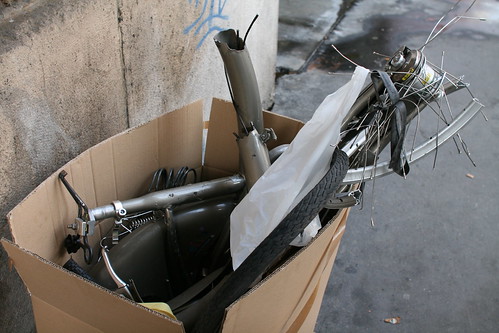
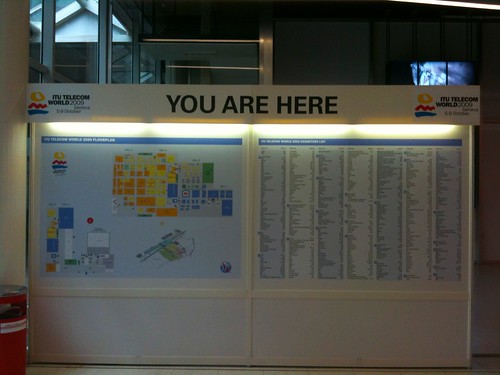
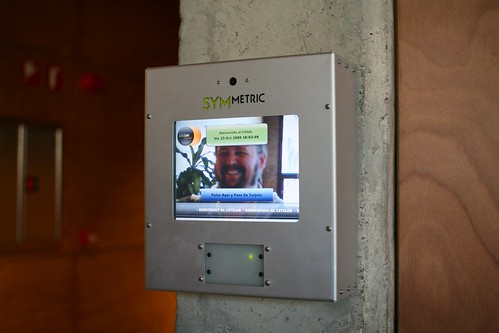


 I've always been curious about the location where people (citizens or visitors) place the center of a city. You can define it as an area but also at specific points.
I've always been curious about the location where people (citizens or visitors) place the center of a city. You can define it as an area but also at specific points.

 New dispatch: "
New dispatch: "
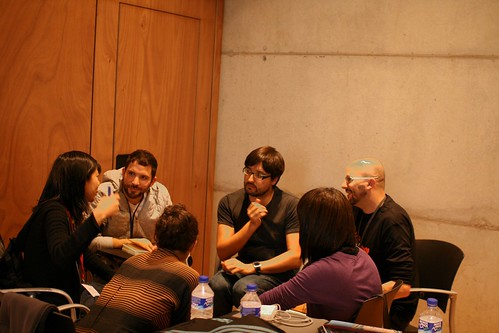

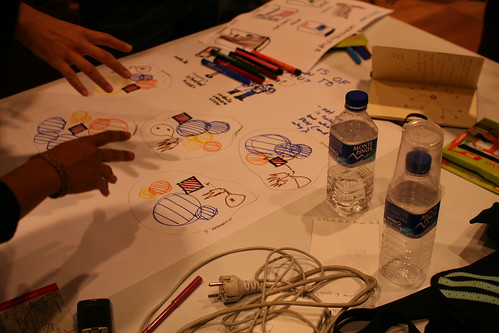
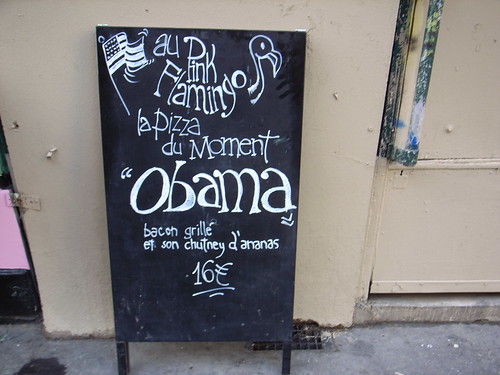
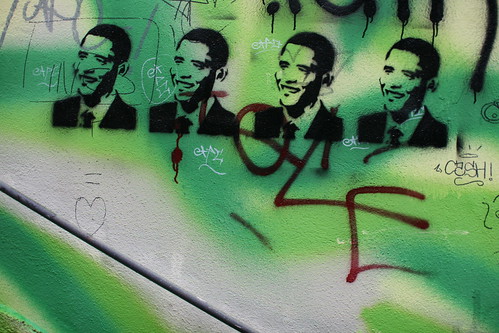
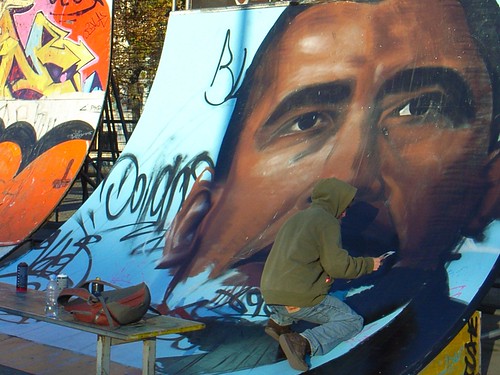
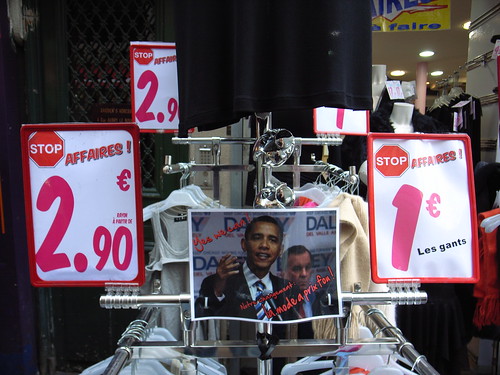





 In
In 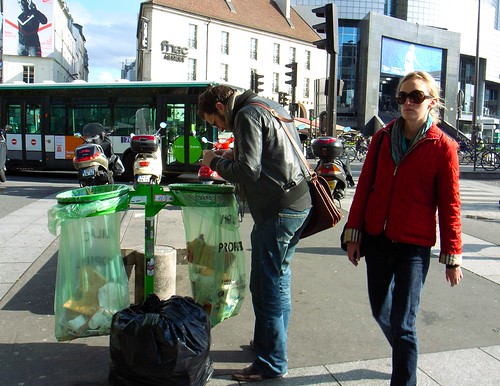




 Making an "Earth sandwich" is a curious practice found in
Making an "Earth sandwich" is a curious practice found in